Gdańsk, a breathtaking city on Poland’s Baltic Sea coast, never fails to dazzle those who visit. The port city boasts some major history and charm, not to mention a fascination with precious amber. Even though it’s found way in the north of the country away from other popular Polish cities, Gdańsk is a captivating city break destination and a must-see on any good Poland itinerary.
In order to get the most out of a trip to Gdańsk, it’s useful to have a guide like this Gdańsk itinerary that helps you plan your time there. This guide will take you right around the city and show you all of the best places to visit in Gdańsk along the way. With it, you’ll see why it’s worth spending three days in Gdańsk and what you have to look forward to when you visit.
Best Time to Visit Gdańsk
One of the most important things to keep in mind when planning a trip to Gdańsk is what it is like at different times of the year. Not only do you have to factor in how the weather may impact your visit but also how high season can mean longer lines at attractions and lower availability for accommodation and tours.
High season in Gdańsk is during the summer months of June through August, when the city gets relatively hot and quite busy with cruise passengers. If that doesn’t appeal to you, the best time to visit Gdańsk is in the months either side of summer, namely May and September. During these months, you’ll still enjoy comfortable weather for sightseeing but won’t have to worry about crowds of tourists or high accommodation rates.
Budget travelers who don’t mind the cold may want to consider coming to the city during winter. From December to early March things get pretty chilly in Gdańsk, but snowy streets and a frozen river give the city extra charm, and accommodation will be at its most affordable. The trade-off is that you then have to contend with the weather and shorter days.
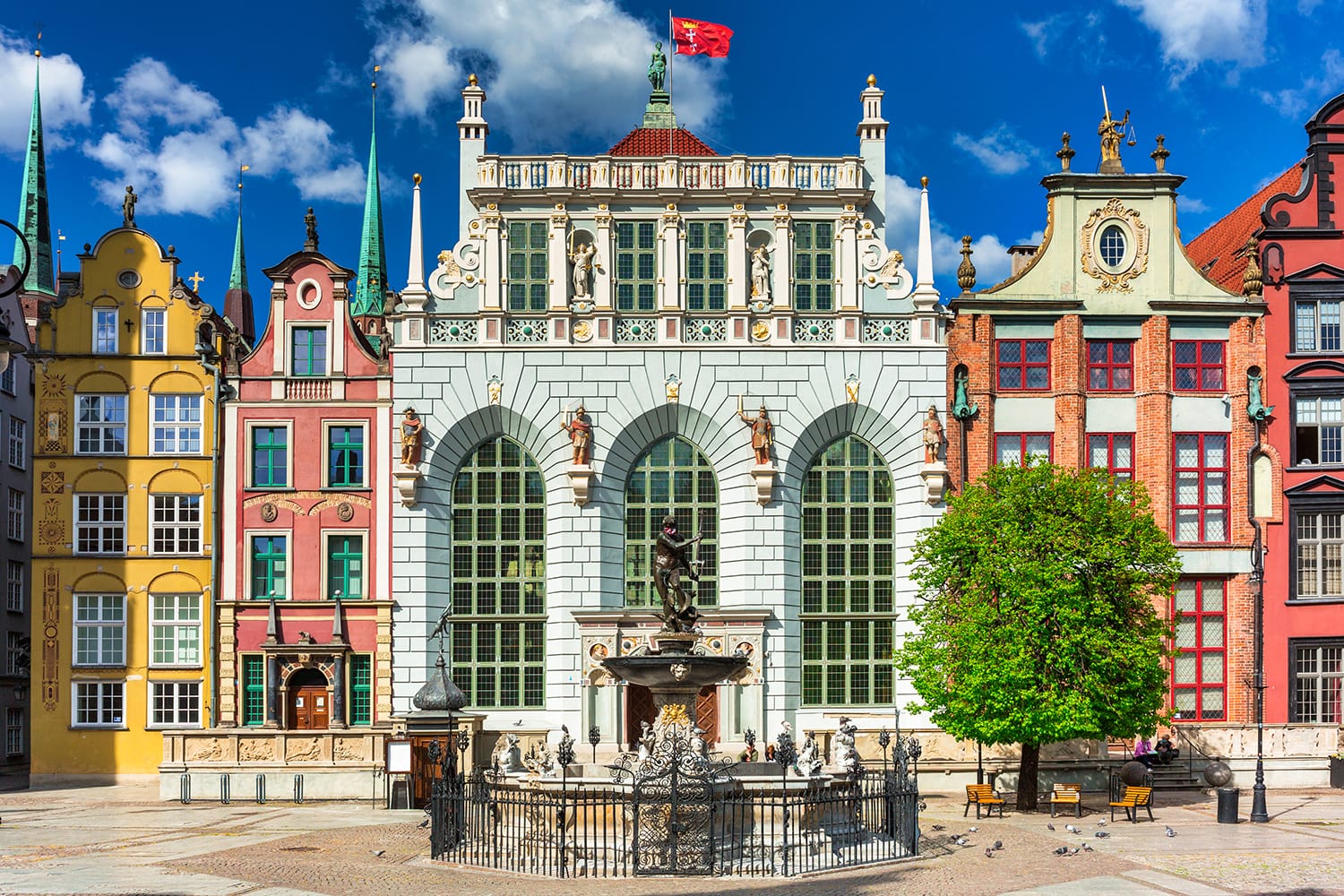
How to Get Around Gdańsk
With so much to see when visiting Gdańsk, it’s useful to know the options you have for getting around the city. Some attractions are located conveniently close to each other, and for those walking shouldn’t be a problem. However, some spots mentioned in this guide can be much further out, so knowing about the city’s public transport can be very useful.
For getting around the central part of Gdańsk, known as Śródmieście, visitors have a modern network of trams, buses, and trolleybuses at their disposal. All modes of transport use the same type of tickets that are bought from kiosks, ticket machines, and drivers. It’s also possible now to buy tickets using the Jakdojade smartphone app. Ticket prices start at 3.20zł for a single ticket that must be validated when boarding.
One other service visitors will want to be mindful of is the Gdańsk water trams. These ferries run along the river during summer and allow you to see some river scenery as you visit Westerplatte and other places on the coast. Tickets for the water trams cost 20zł and can be bought online.
If you are arriving in Gdańsk by plane, you’ll be glad to know that it’s easy to get from the airport to the city. Commuter trains run from the airport to the city’s main train station, taking roughly 30 minutes with a direct service. A one-way train ticket costs 3.80zł. Another option is to take the 210 bus into the city. While the bus costs slightly less, at 3.20zł for a ticket, it takes significantly longer, so it’s not really worth it.
Where to Stay in Gdańsk
To make the most of your visit to Gdańsk, you’ll want to give some real thought to where you’re going to stay. Not only do you want to choose a hotel, hostel, or guesthouse that suits your style of travel, you also want to pick somewhere in the right parts of the city that’s close to all its sights. Plus, since the city can be quite popular with tourists, it’s best to organize your accommodation well in advance.
If you don’t yet know much about the city, allow us to give you some advice on where to stay in Gdańsk. Most visitors find that the Main City area is the best part of Gdańsk to stay in, as it’s close to the city’s most iconic spots. Other convenient options for sightseeing are the Old Town area to the north and across the Motława River in the Wyspa Spichrzów area.
Treat yourself to a luxurious visit by staying at the Hotel Gdańsk Boutique, one of the best places to stay in Gdańsk. This grand five-star hotel sits inside a restored 18th-century granary right by Gdańsk Marina and boasts large, sophisticated rooms as well as a restaurant, brewery, sauna, and spa.
For a balance of affordability and quality, consider looking at the incredibly central Stay Inn Hotel. This three-star hotel sits directly across from St. Mary’s Basilica and provides bright, modern rooms.
Finding budget accommodation in Gdańsk isn’t hard, and places like the Olympic – Old Town hostel are the reason why. Situated at the northern end of the old town area, this hostel makes sightseeing easy and features colorful dorms and private rooms, plus a great complimentary breakfast.
For more accommodation options in Gdańsk check out Booking.com. They continuously offer the best rates and their custom service is on point.
The Perfect 3-Day Gdańsk Itinerary
Many visitors to Gdańsk underestimate just how much there is to see and do around this fascinating city. While one day in Gdańsk will surely give you enough time to see some of its most important sights, allowing at least three days is a much better idea. With more time in the city, you can not only experience more of what Gdańsk has to offer but also fit in a day trip or two to some of the other compelling destinations around northern Poland.
The following Gdańsk travel itinerary showcases what to expect from a visit to this Polish city and why it deserves several days of your precious vacation time.
However, before we get to our Gdańsk itinerary, we just wanted to remind you to purchase travel insurance. You never know what will happen and, trust us, you do not want to get stuck with thousands of dollars in medical bills. As a wise man once said, “If you can’t afford travel insurance, you can’t afford to travel.” So don’t leave home without it.
SafetyWing offers travel insurance for only about $10 a week, making it a no-brainer to get. You can get a quick, non-binding quote below:

SafetyWing is, of course, not the only option available. Two other popular alternatives are World Nomads and Heymondo.
With that important topic covered, let’s turn our attention to what to do in Gdańsk in three days to ensure you experience the best of Gdańsk during your visit.
Day 1 in Gdańsk
For your first day, let’s jump right into the best things to do in Gdańsk that you won’t want to miss.
Long Street
There’s no better place to start your exploration of the city than with a walk down Gdańsk’s Long Street. Ulica Długa in Polish, this pedestrian street pierces right through the heart of the historic area of Gdańsk known as the Main City.
Both ends of the Long Street are bookended by grand gates, and it’s best to start at the street’s western end by the Golden Gate and walk east over to the equally memorable Green Gate. As you stroll along the Long Street, you’ll be flanked by rows of vibrant gabled houses that will make you feel like you’ve stepped back in time.
And yet the truth is that so many of these gorgeous buildings were built after World War II, as roughly 90% of Gdańsk was destroyed during the war. When it came to rebuilding the Main City, the city planners decided to recreate the 18th century version of Gdańsk, complete with Dutch Mannerist architecture.
Recommendation: Discover hidden gems and get to know the history and culture of Gdańsk on this private walking tour of the city.
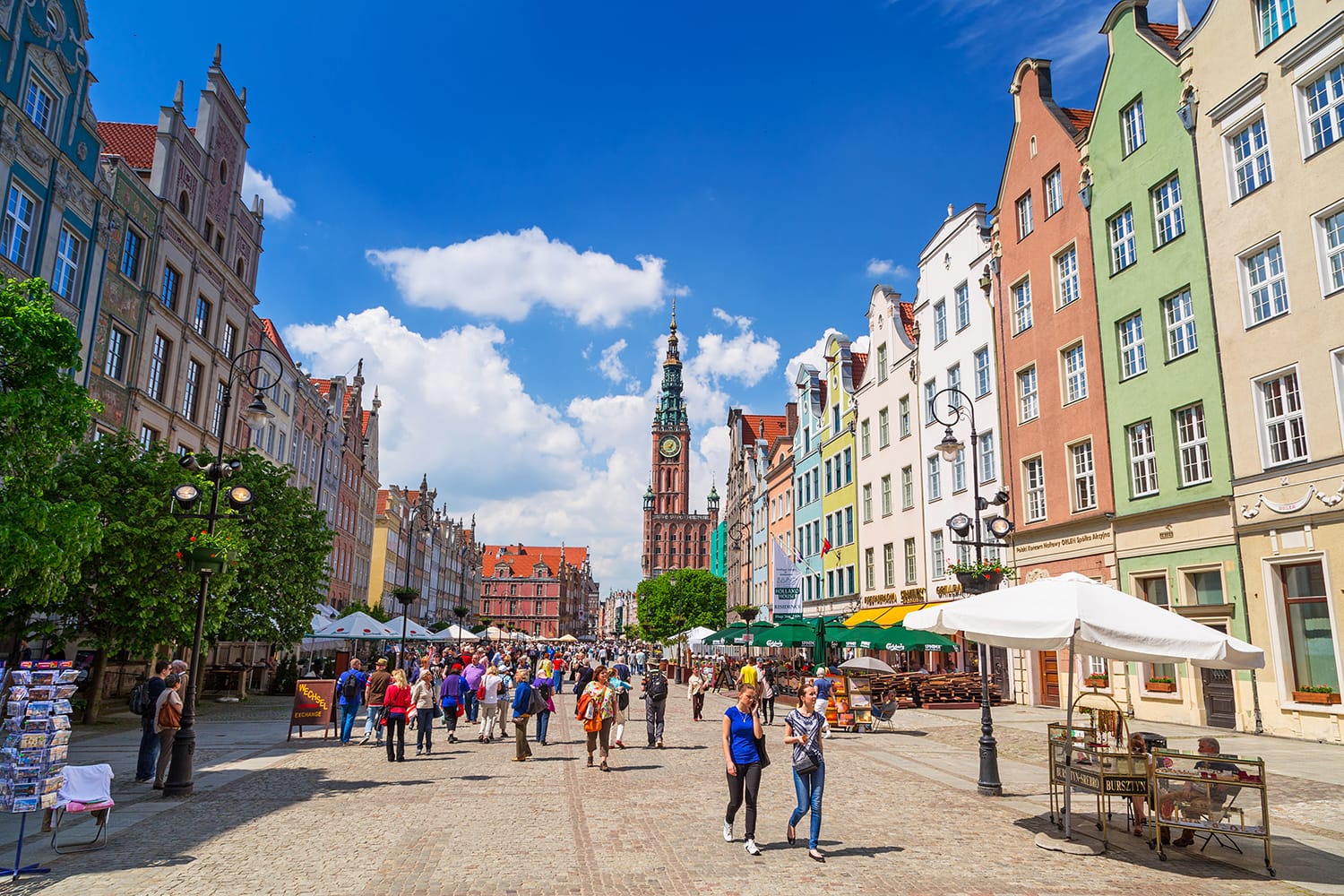
The Long Market
Walking along Long Street, you’ll soon reach the main square of Gdańsk – the Long Market. Right around this large, open square, you’ll find many of the most striking landmarks in the city.
On one end, you have the city’s Main Town Hall, an ornate Gothic-Renaissance building with an eye-catching bell tower. Travelers can head inside the Main Town Hall to see its elegant halls and chambers, plus climb the tower for the views from its observation gallery.
Elsewhere in the square you’ll find the symbolic Neptune’s Fountain directly outside the beautiful Artus Court building. The ornate fountain, with its bronze statue of the Roman god, dates from the 17th century and is one of the city’s signature landmarks. As for the Artus Court, it was once an exchange and meeting place for merchants. Due to its distinctive white and gold exterior, it is widely considered one of the city’s most beautiful buildings.
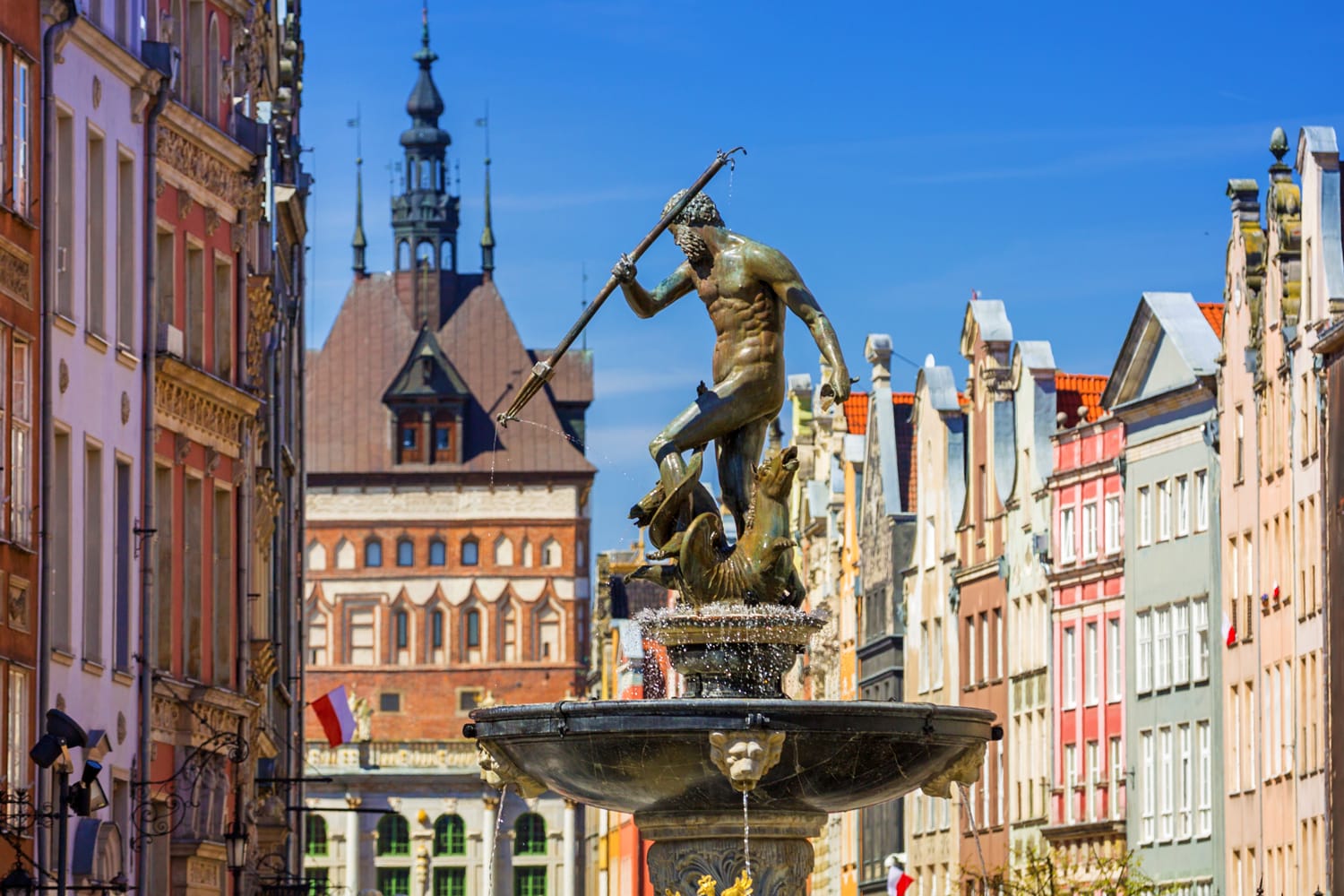
Motława River Waterfront
From the Long Market, it’s a short walk through the Green Gate to reach Gdańsk’s picturesque waterfront. The Motława River flows right by the Main City area and is still lined with historic buildings that reflect the city’s past as a trade hub. Large granaries and warehouses, now converted into hotels, sit on the eastern banks alongside modern recreations.
It’s the river’s western bank, known as the Long Embankment, that receives most of the attention, however. That’s because it’s here that you can see the most eye-catching landmark along the riverfront, the historic Gdańsk Crane. Centuries ago, this impressive structure was used for loading and unloading cargo, and it’s likely the largest of its kind you’ll ever see, making it quite a special sight.
Recommendation: Take a pleasant cruise around Gdansk on board a 12-person replica of a historic Polish boat. Admire the city from a different perspective, learn the city’s historical value, and see the city as it today.
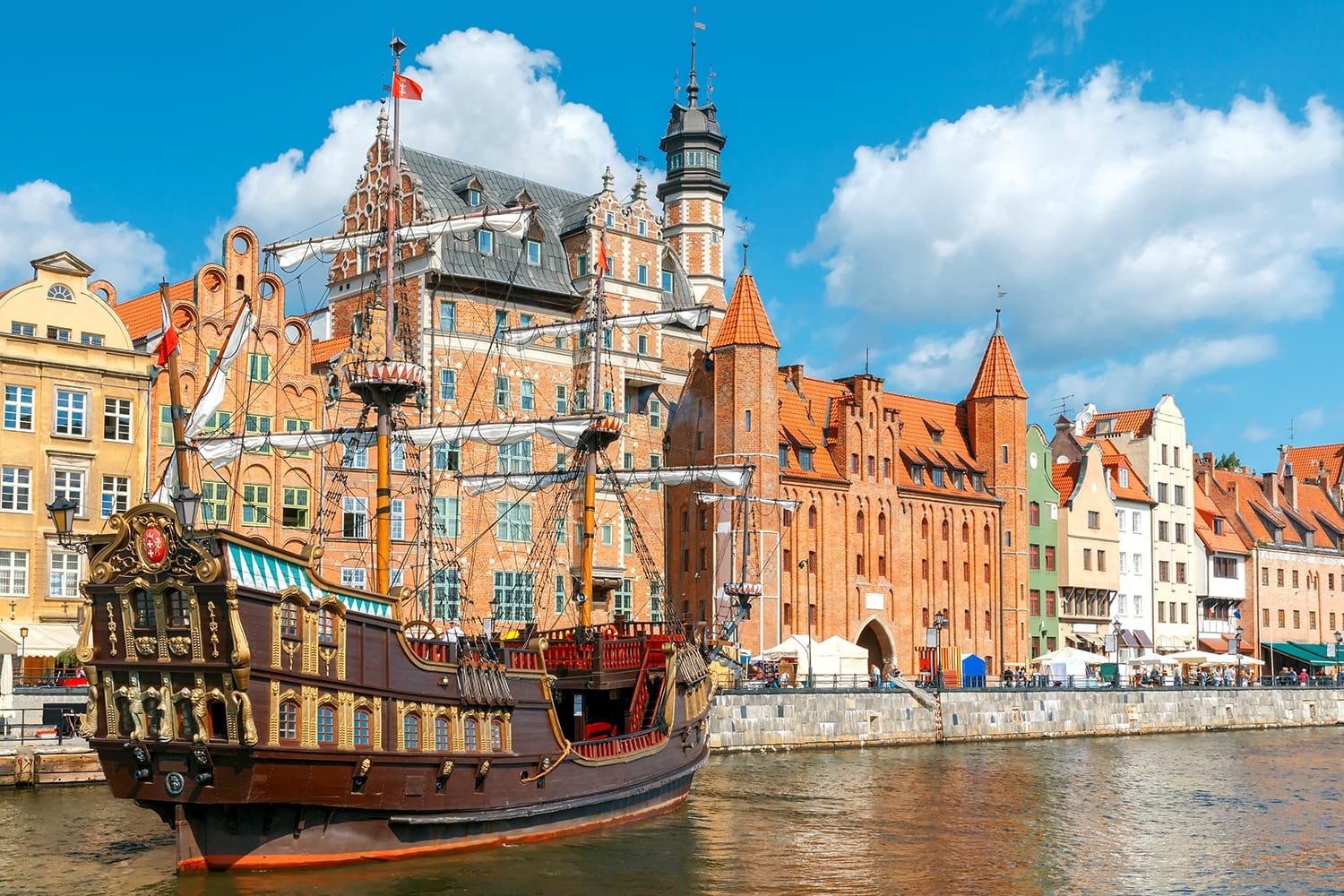
Mariacka
While the Long Street is certainly Gdańsk’s most popular and iconic, there are many other gorgeous pedestrian streets to discover among the Main City. One such street is the Mariacka, a narrow cobblestone lane that is known for its street stalls selling amber and its ornate front terraces outside more quintessential gabled buildings. Make sure to take time strolling through here as there are so many details to take in, particularly the elaborate rain gutters that resemble gargoyles. Mariacka is also home to several cafés with outdoor seating, allowing you time to fully soak in your surroundings while you enjoy a coffee.
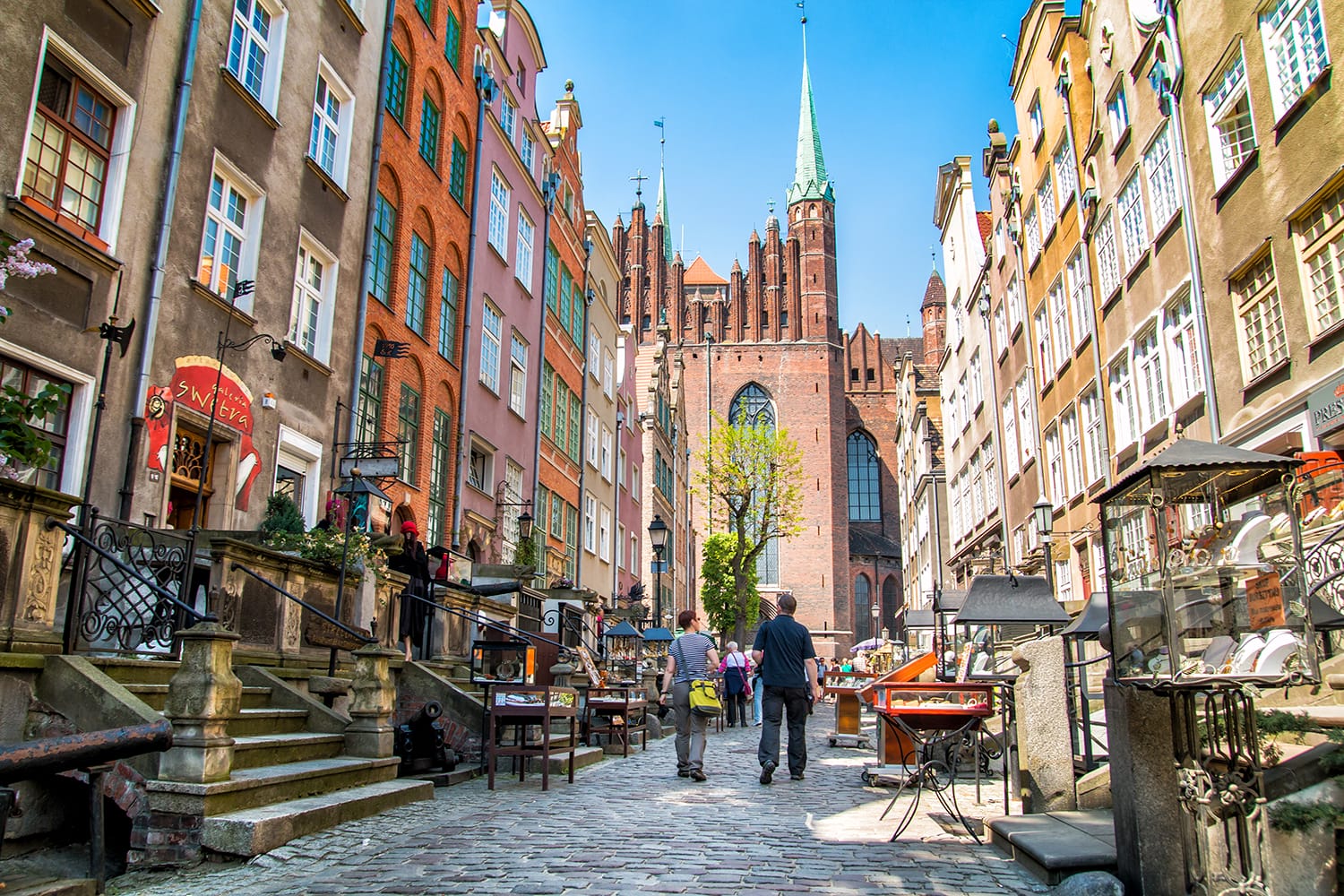
St. Mary’s Basilica
At the end of Mariacka, you’ll find yourself standing outside the intimidating brick walls of the Basilica of St. Mary. This church is a beloved landmark of the city and makes up for its plain interior with its immense scale.
St. Mary’s Basilica is one of the largest brick churches in the world in terms of volume, which is incredible considering that the church’s bell tower remains unfinished to this day. The two highlights of a visit to the church are seeing the Gdańsk astronomical clock inside and climbing 408 steps up the bell tower to enjoy the superb panorama of the city.
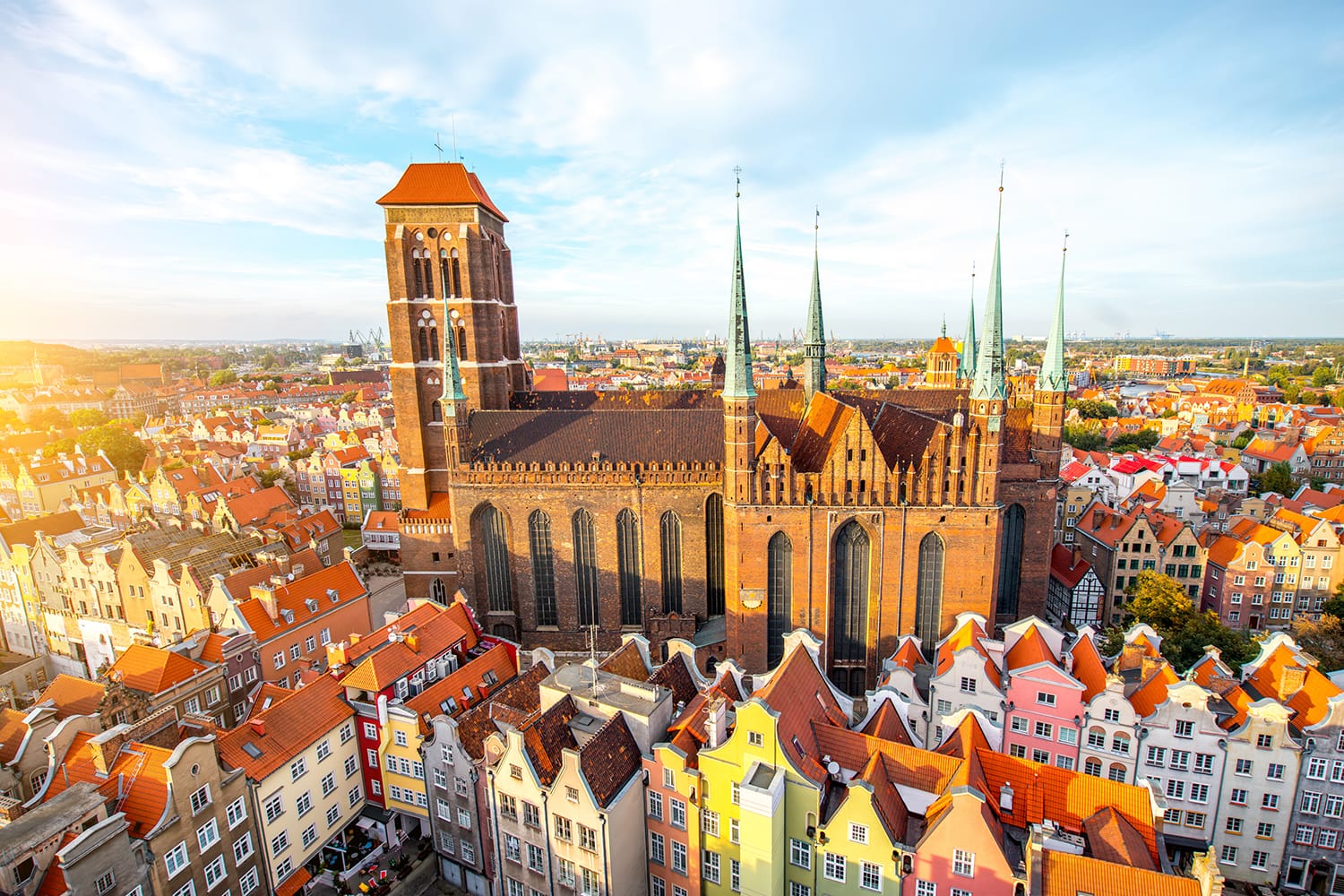
The Great Armory
One of the most striking buildings anywhere in Gdańsk is the Great Armory. This building from the early 17th century flaunts an extravagant Renaissance design that immediately makes an impression thanks to dedicated restoration efforts. In the past, this building was the city’s arsenal, but today it plays host to the Gdańsk Academy Of Fine Arts. Even if you’re not interested in seeing the collections on display here, there’s no charge for entering the Main Hall to see what it looks like inside.
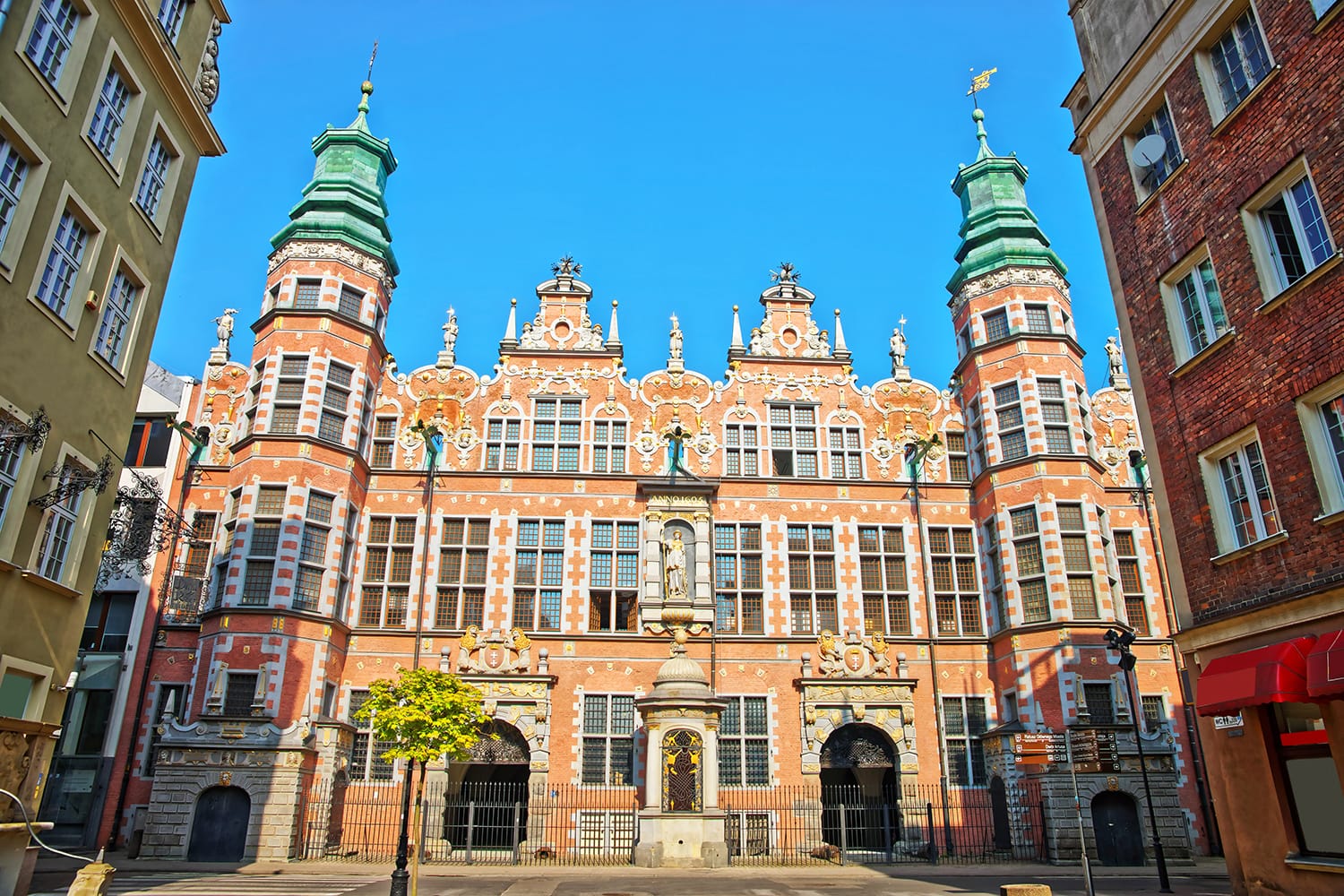
Piwna Street
To end a busy day of walking around Gdańsk, treat yourself to a drink and some people-watching over on Piwna Street, or Beer Street, which used to be full of brewers. Today along Piwna Street you’ll find a grand selection of bars, coffeehouses, and restaurants with outdoor seating where you can chat and watch the world go by.
Day 2 in Gdańsk
While we’ve started strong, there are still plenty more places to visit in Gdańsk, especially when you venture beyond the Main City.
Westerplatte
To balance out the beautiful scenery of the previous day, it’s time to explore a serious moment in the city’s history. Gdańsk was the setting for the first conflict of World War II when Germany launched an attack on a Polish military post on September 1, 1939. The site of this attack was Westerplatte, a coastal peninsula and our first stop of the day.
After arriving at Westerplatte from the city center you’ll find a historical park and memorial site dedicated to the history of the invasion. The most important landmark there today is the Monument of the Coast Defenders, but there are also ruins from its militarization and a small museum set inside an old guardhouse.
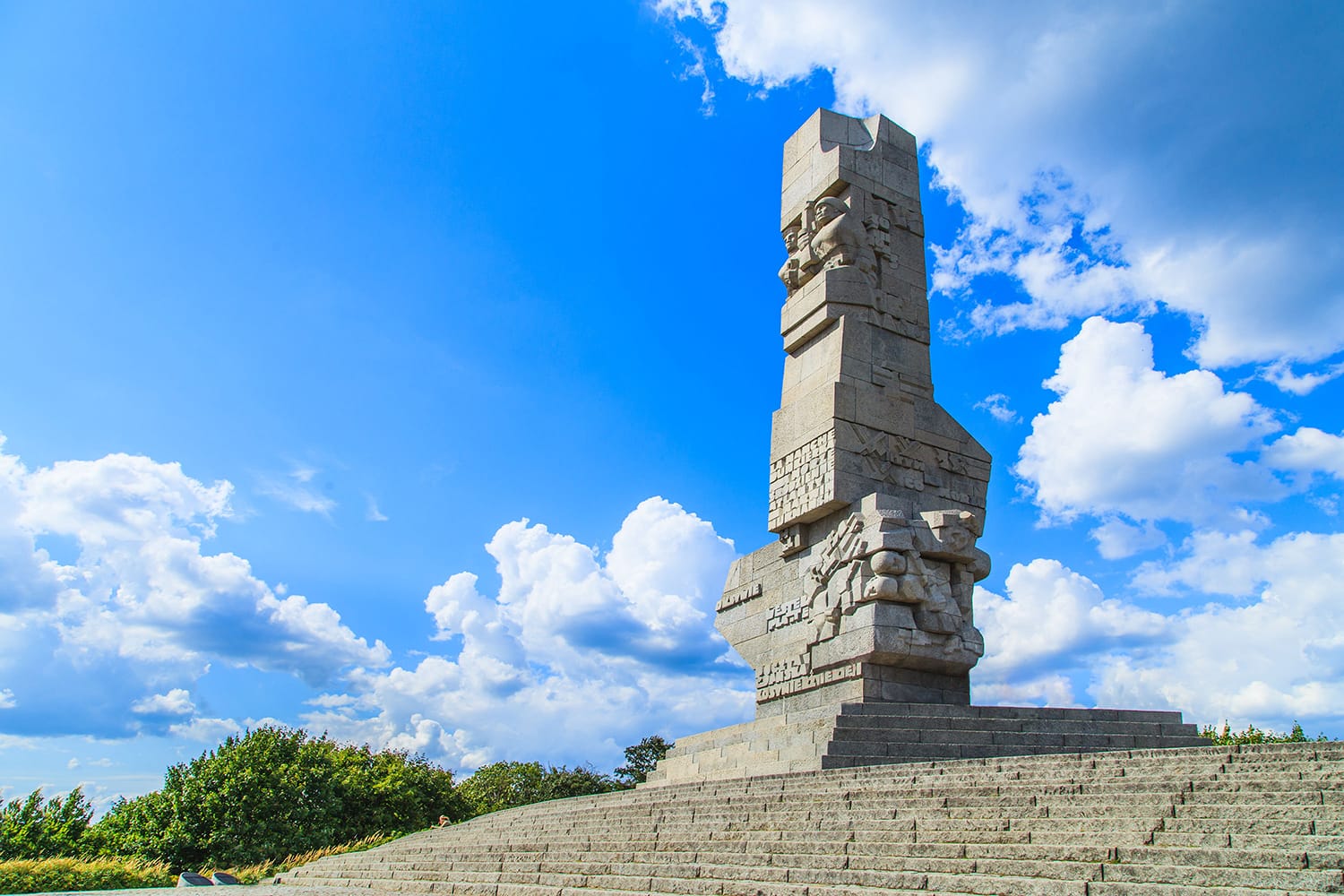
European Solidarity Center
To learn more about the city, we have one of several major museums in Gdańsk that lie to the north of the city center. The focus of the free European Solidarity Center, near the city shipyard, is the history of resistance among the Polish people during the era of Communist rule in Poland.
Harnessing state-of-the-art technology, the museum highlights the industrial and union origins of the opposition movement and the process that resulted in Poland’s path to democracy. Beyond its museum exhibits, the center also features reading rooms, a beautiful atrium, and a rooftop terrace with brilliant views.
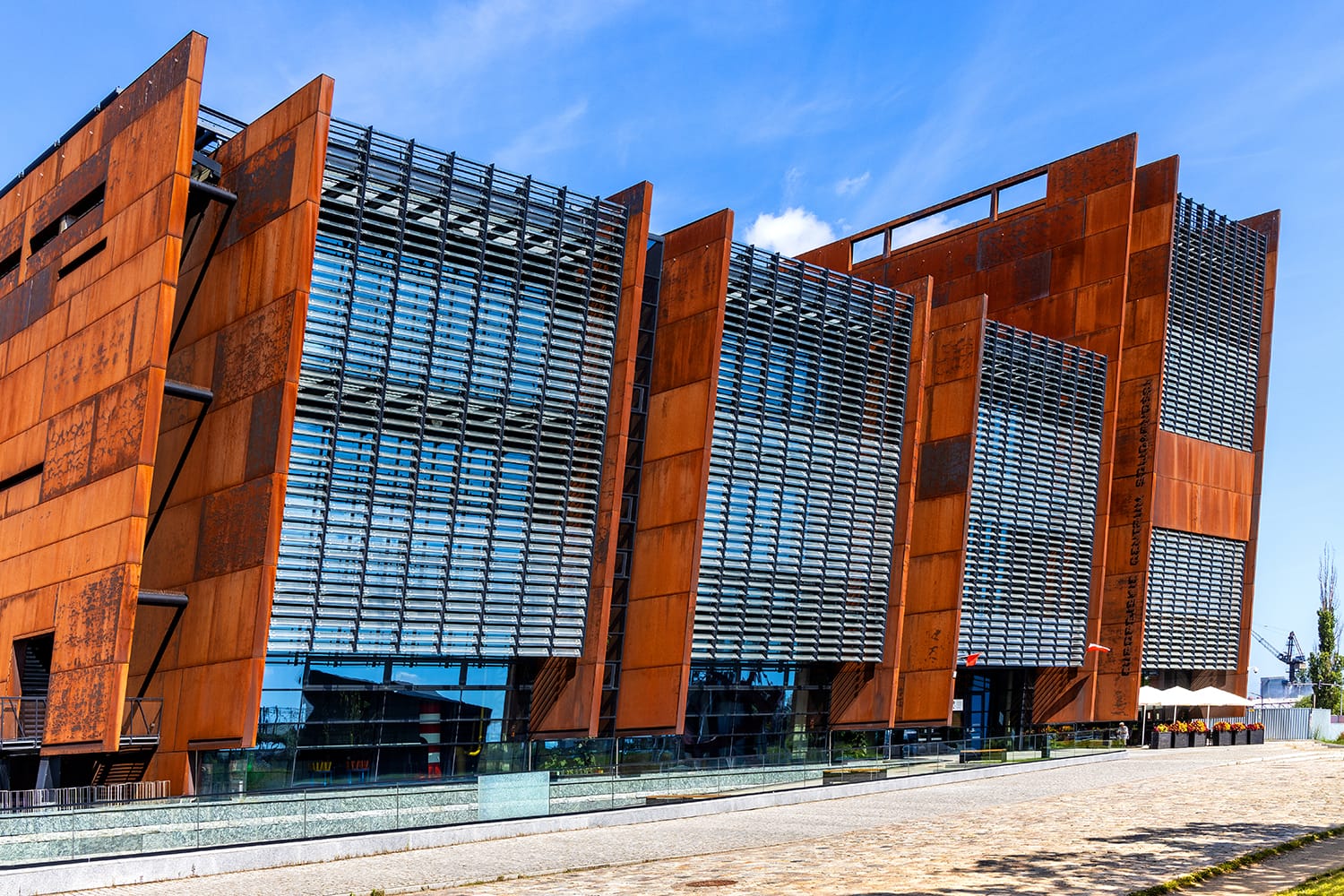
Museum of the Second World War
Next, there is the excellent Museum of the Second World War that will help flesh out your experience at Westerplatte. This world-class museum only opened in 2017 and has already gained a reputation as one of Poland’s best.
Visitors could spend hours here if they like, with the permanent exhibitions divided into three themes: the Road to War, the Terror of War and the Long Shadow of War. So large is the museum that it has no problem fitting in an entire row of buildings from the 1930s to show you prewar Gdańsk, not to mention military aircraft and multiple tanks from the era.
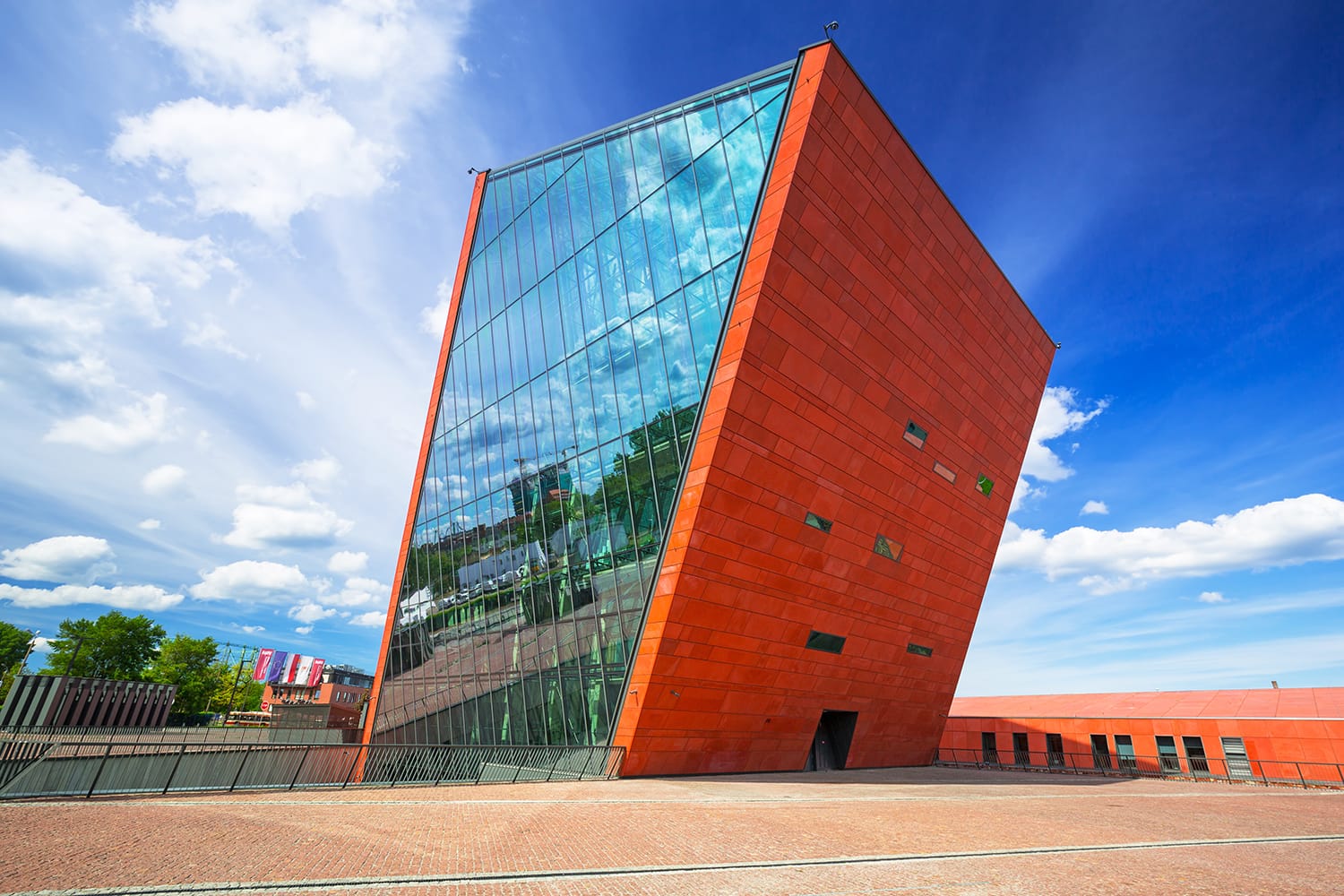
Gdańsk Old Town
After plenty of time indoors, it’s time to stretch the legs again with a walk into the actual Old Town of Gdańsk, Stare Miasto. This area is distinctly separate from the Main City – which is often mistakenly described as the old town – and covers the area north of the popular tourist area where the city first originated. Sights to see in this part of Gdańsk include the beautifully restored Market Hall and the elegant St. Catherine’s Church.
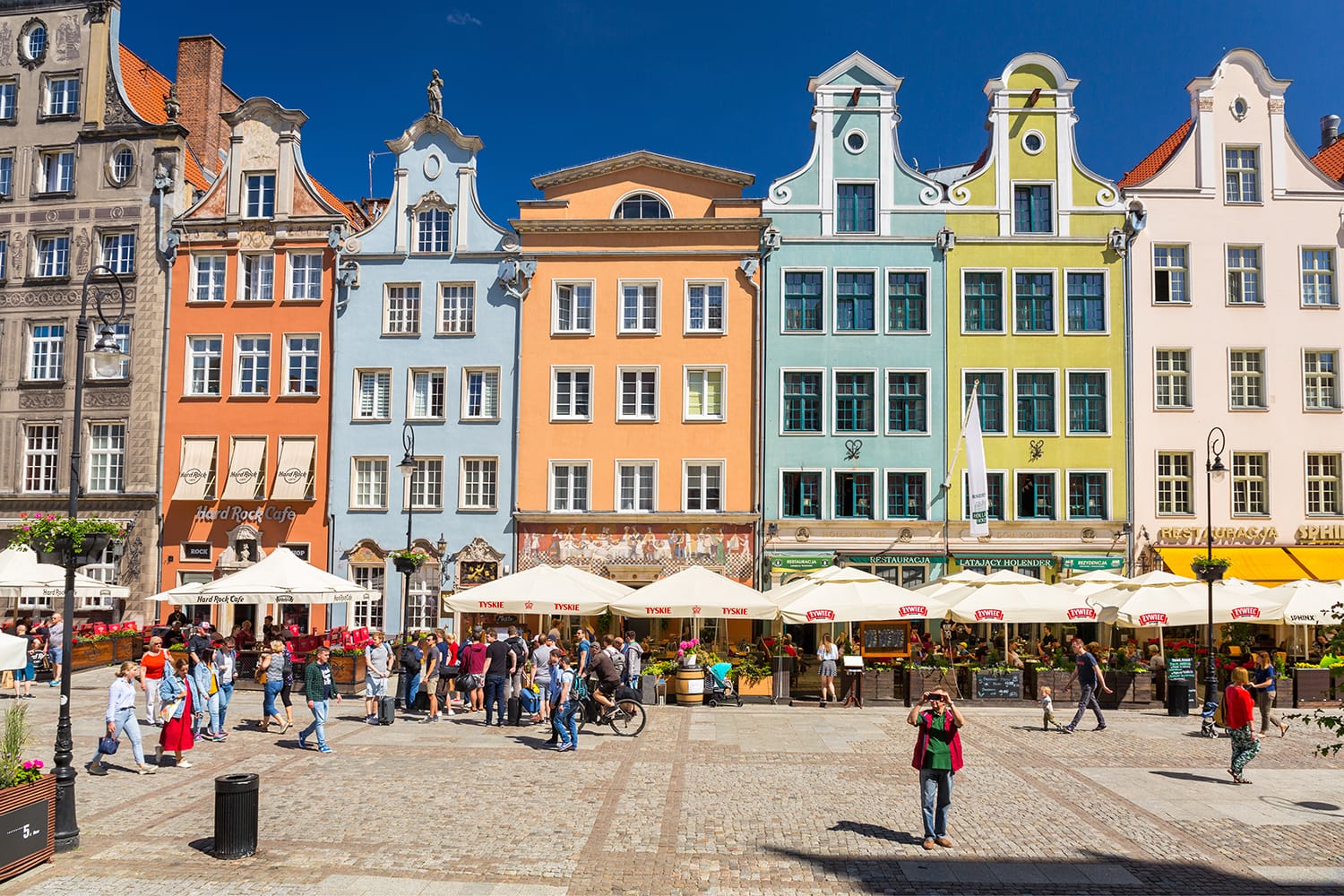
Grand Mill and Amber Museum
However, it’s the Grand Mill of Gdańsk that’s the real star attraction of the old town area. This picturesque building dates back to the 14th century and is gorgeous from every angle. For the past few years it’s undergone major restorations, and it reopened in July 2021 as the new home to the city’s exceptional Amber Museum, previously housed in the city’s old Prison Tower.
While the mill is nice to admire from the outside, you won’t want to miss what the Amber Museum has to show visitors inside. Amber was vital to the development of Gdańsk’s economy, and so there is a fascinating collection of amber art and jewelry from the 16th century onwards on display here.
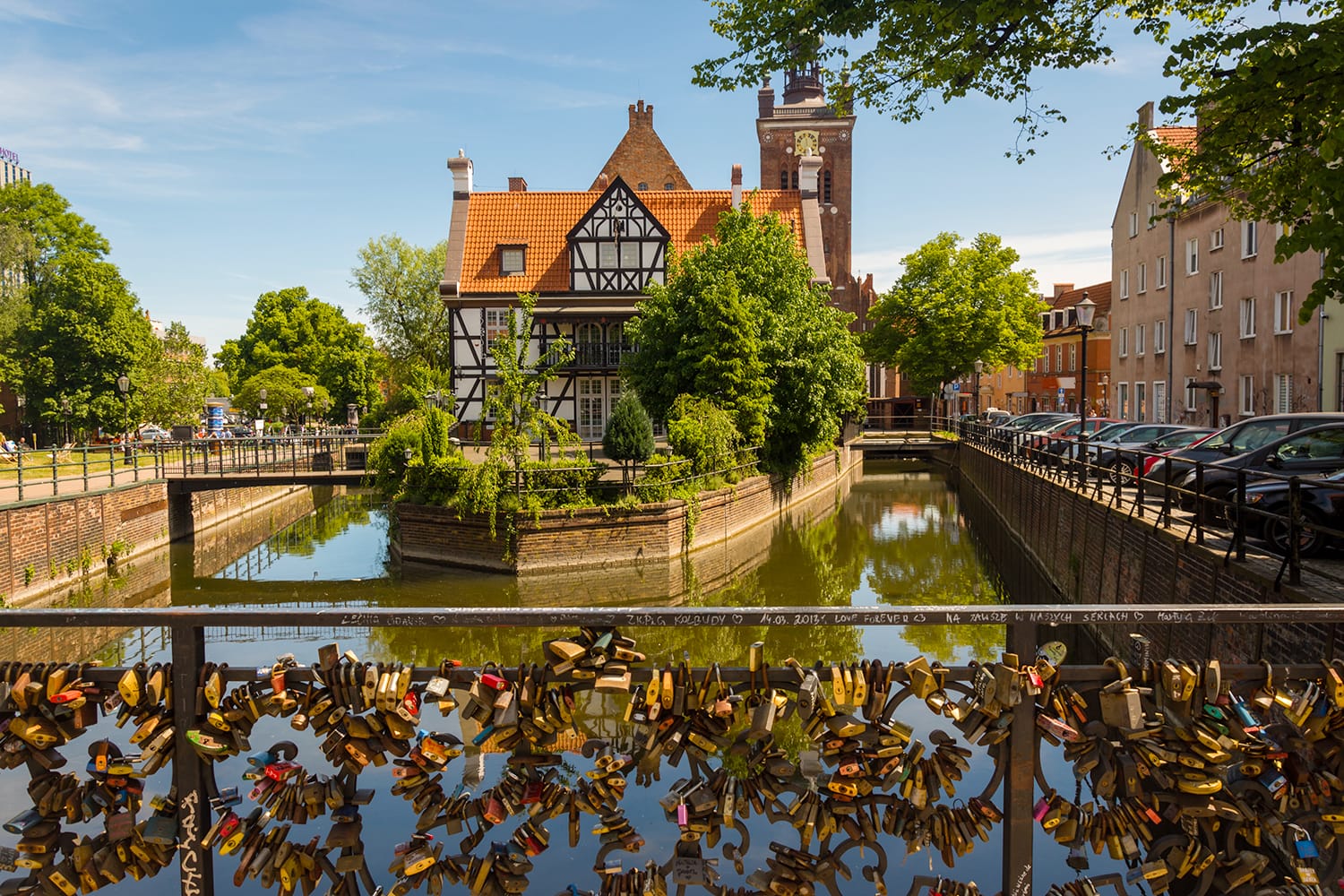
Amber Sky Ferris Wheel
Finish off your second day in Gdańsk with a special ride on the Amber Sky Ferris wheel that you’ve no doubt spotted during your sightseeing around the city. A ride on this Ferris wheel is a nice way to see the Gdańsk skyline at night and a gentle activity to close out another busy day.
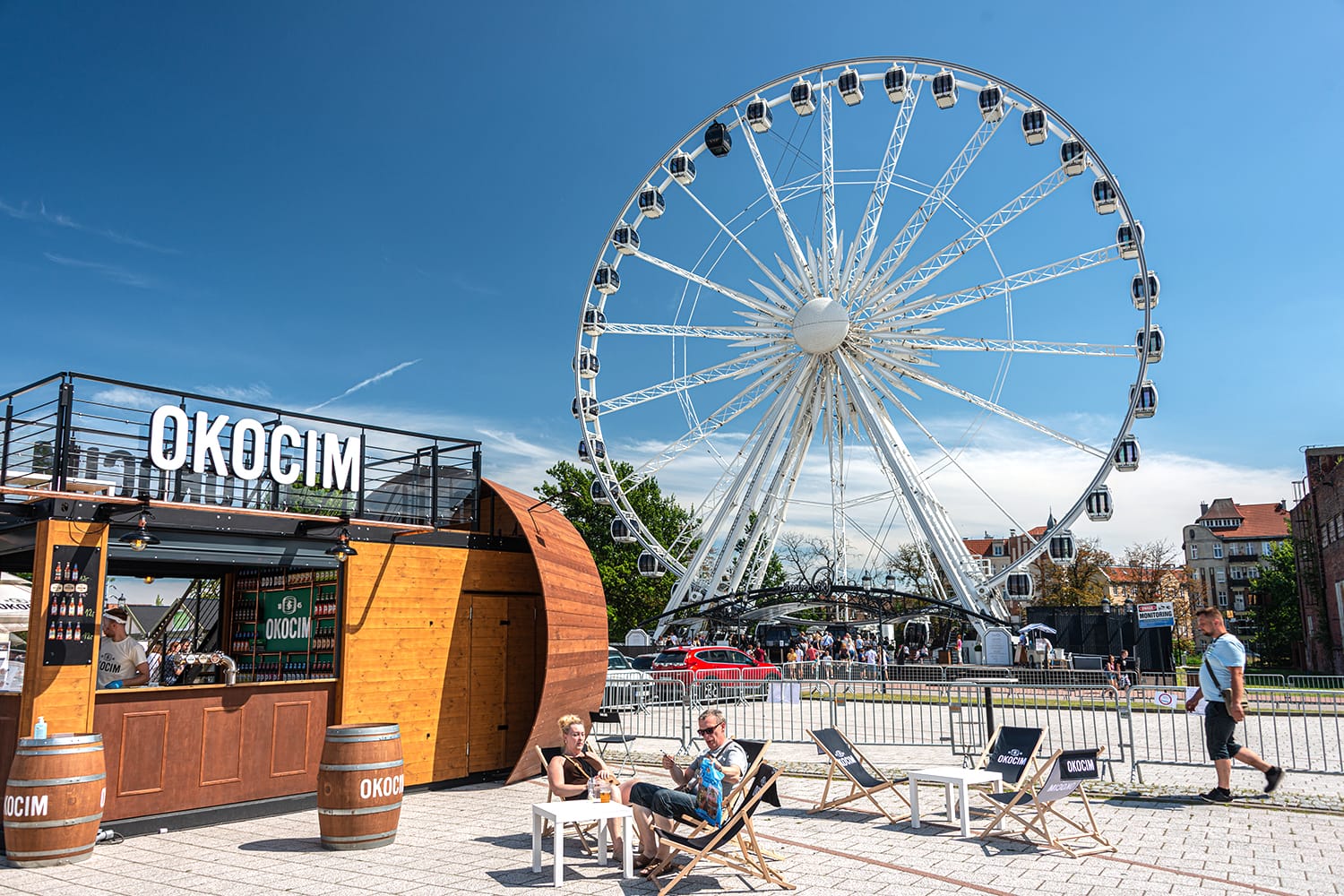
Day 3 in Gdańsk
To complete your 72 hours in Gdańsk, it’s time to head beyond the city and experience a different side to Poland. Fortunately, there are loads of different day trips you can do from Gdańsk, including the following three.
1. Malbork
If you have the chance to explore more of northern Poland, it’s hard not to recommend the incredible Malbork Castle. After all, who doesn’t want to visit the largest castle in the world (in terms of area) that also happens to be a UNESCO World Heritage Site?
Malbork Castle was built by the Teutonic Order in the 13th century and, despite countless wars and neglect, has survived to be a vital remnant of Poland’s medieval past. With a visit to Malbork Castle, travelers will be able to dive head first into the castle’s history and see the grandeur of this former Polish royal residence.
Highlights of a tour inside the castle include the majesty of the Grand Refectory, the painted vaulted ceiling of the Low Vestibule, and the unpolished interior of the Blessed Virgin Mary Church. There’s no shortage of views either, whether from the top of the castle tower or from the far bank of the Nogat River looking back at the castle in all its glory.
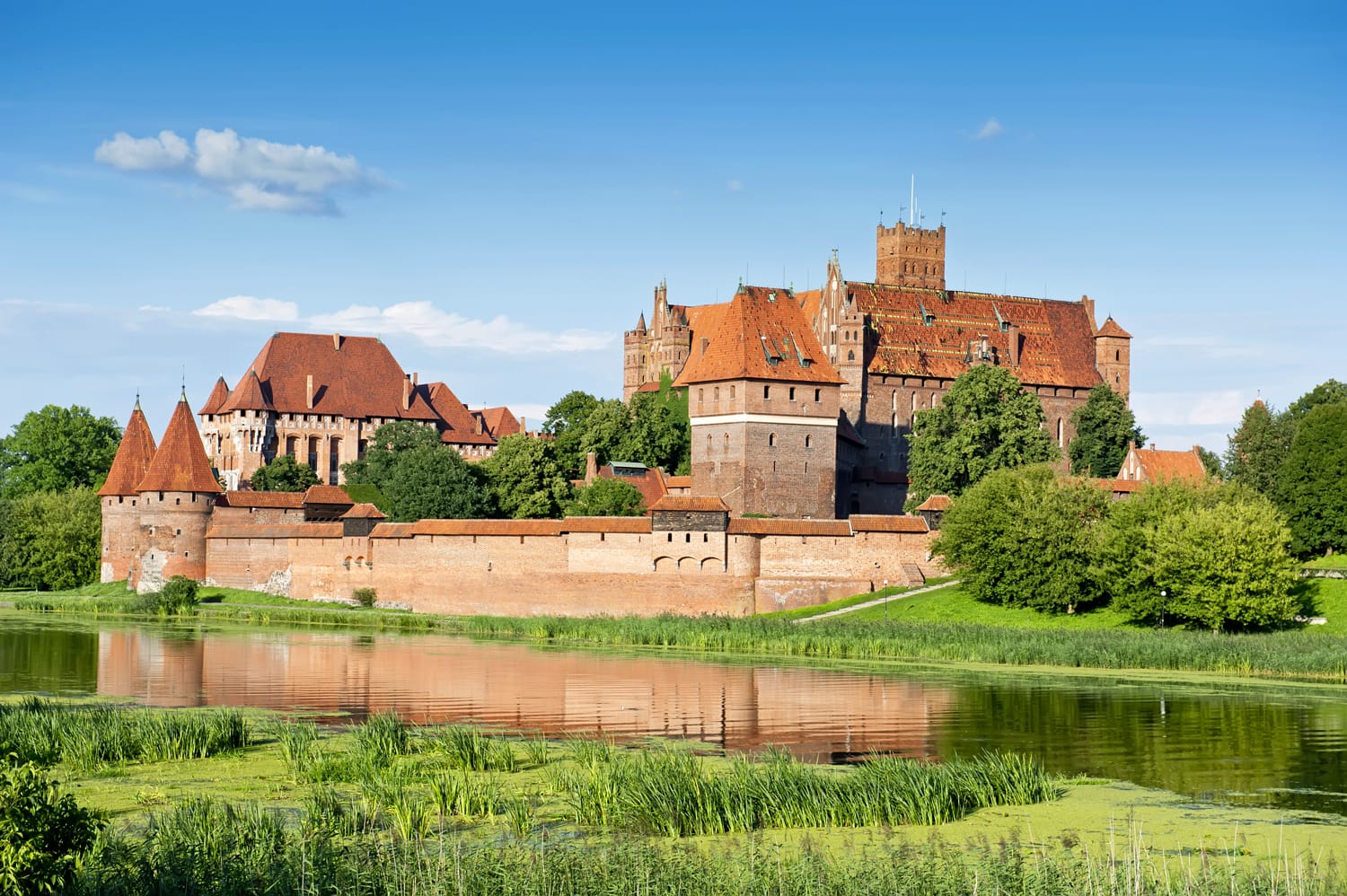
2. Sopot and Gdynia
By far the easiest places to visit from Gdańsk are the neighboring small cities of Sopot and Gdynia. Together with Gdańsk, these cities make up the Tri-City metropolitan area due to their close proximity. And yet, despite how close they are to Gdańsk, Sopot and Gdynia couldn’t be more different, making them perfect for a quick and easy day trip.
Just north along the coast from Gdańsk, Sopot is the smallest of the three and has a real seaside town feel to it. The city is also home to the most popular Baltic Sea beach in the Tri-City area, featuring a long stretch of white sand either side of its old-fashioned pier. Other sights to see in Sopot include the Crooked House with its inventive architecture and the eclectic collection of landmarks around Skwer Kuracyjny Square.
Continuing up the coast away from Gdańsk is the understated city of Gdynia. Although Gdynia is typically overshadowed by its two neighbors, there are a few nice spots to see around this much more modern city. The city’s waterfront not only has its own pleasant beach to relax on but also the fantastic Gdynia Aquarium and its informative National Maritime Museum that features several historic sailing ships.
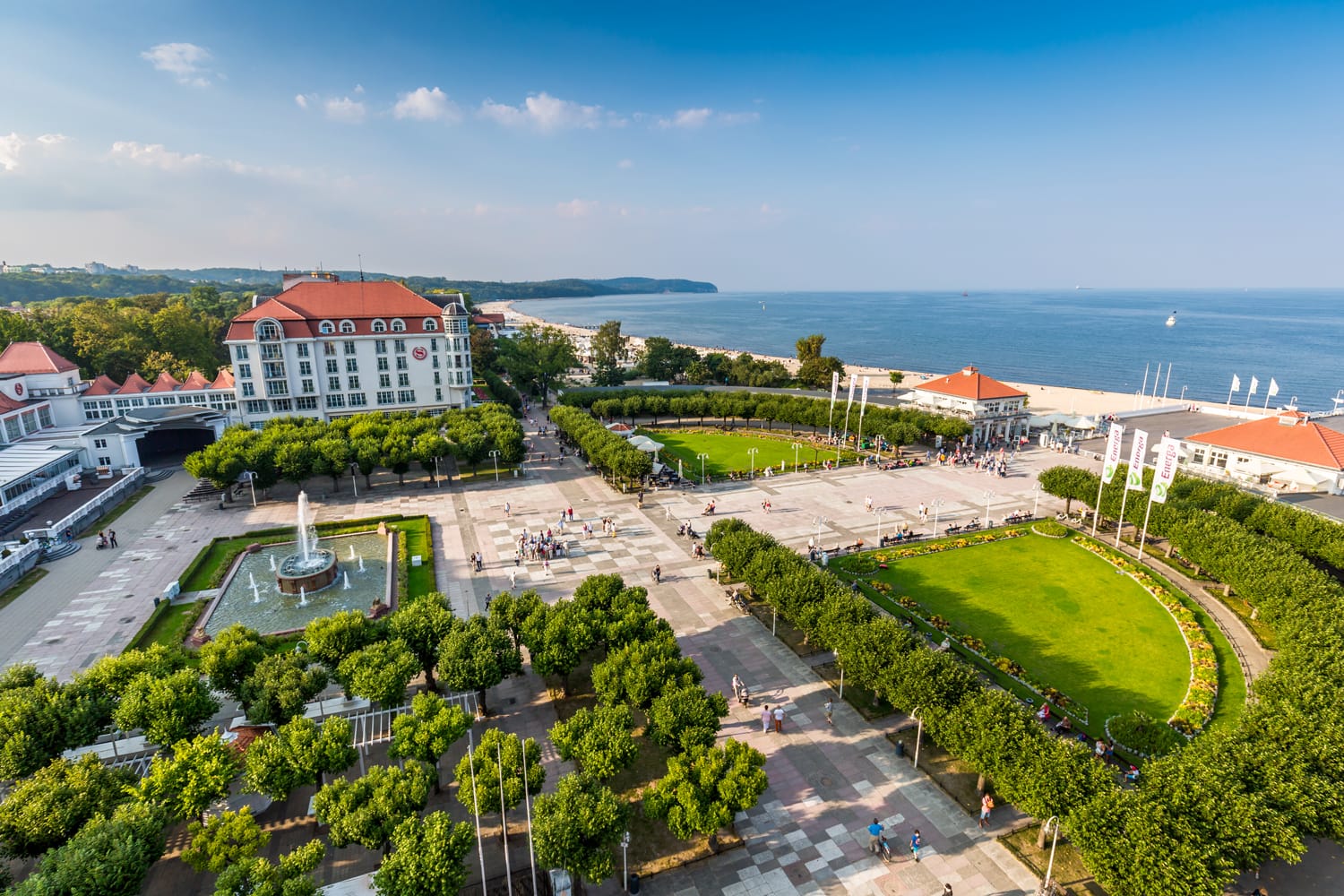
3. Hel Peninsula
Another day trip destination that’s hard to resist, if only for its name, is the Hel Peninsula on the Baltic Sea. This long sandy peninsula stretches for 35 km (22 miles) out into the icy sea and is home to vast stretches of sandy beaches, quaint villages, and lively resorts.
Most visits to the peninsula start with its main town, also named Hel, right at the end of the peninsula. It’s here that you can see sights like the Hel Lighthouse, visit local museums, and get a sense of the region’s quaint charm. Working back towards the mainland, you can also visit old-fashioned villages such as Chałupy and Kuźnica or more modern resort spots like Jastarnia and Jurata.
With so much shoreline and nature to explore, you can bet that there are plenty of outdoor activities to enjoy around the peninsula. Sailing, windsurfing, and cycling are some of the most popular activities among visitors here.
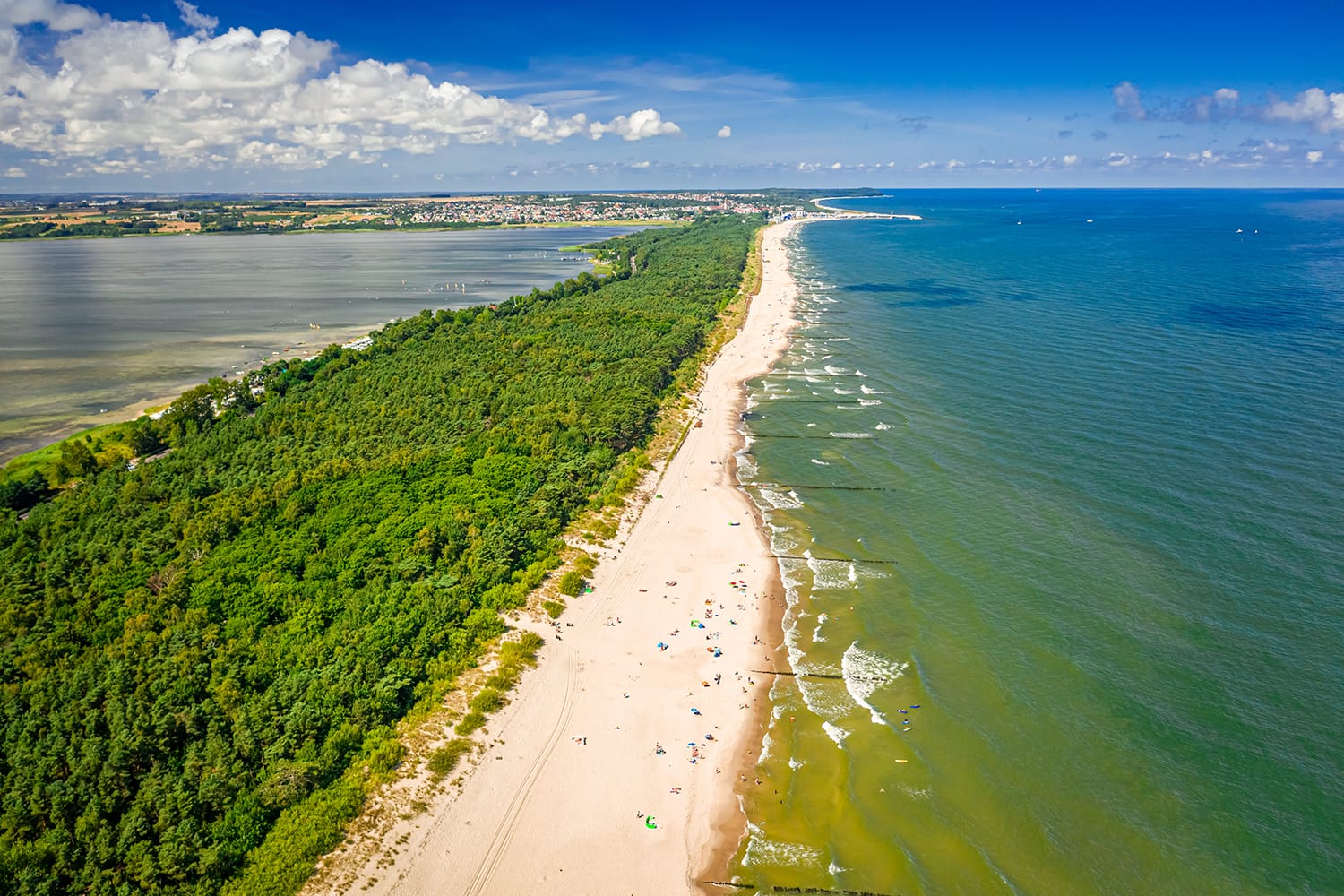
You now have everything you need to know to thoroughly explore Gdańsk in three days. Clearly, Gdańsk is a destination not to miss. For those thinking of spending more time in Poland, don’t miss our Poland itinerary and guides to other cities like Warsaw and Krakow.

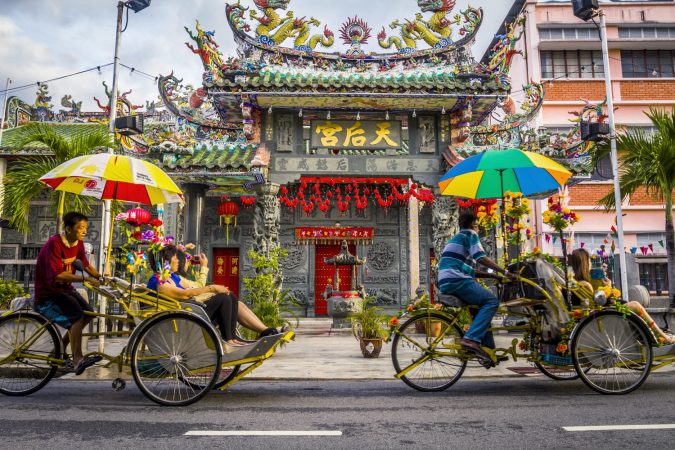
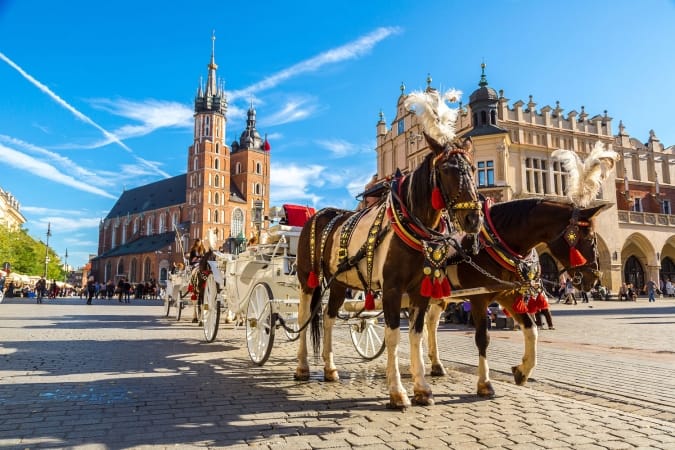
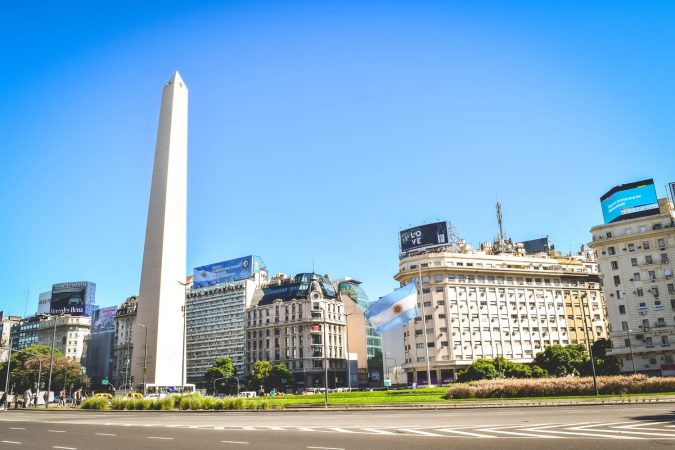
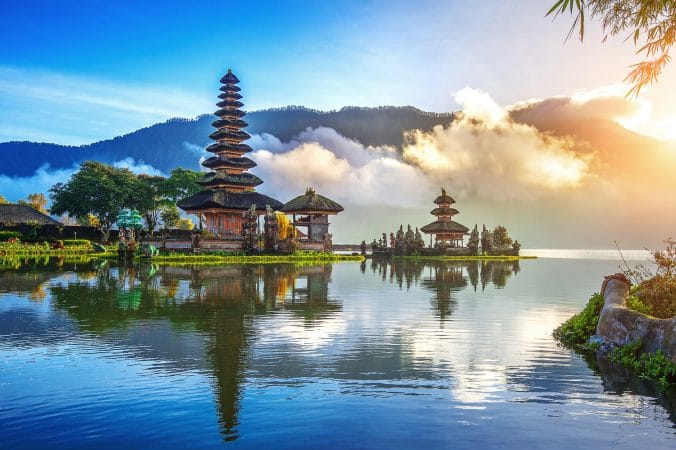


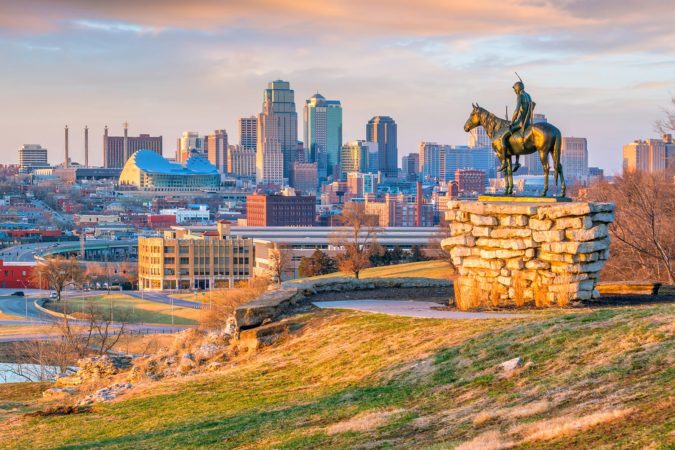
Comments